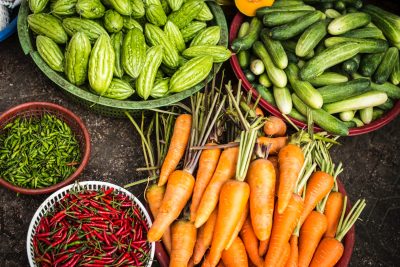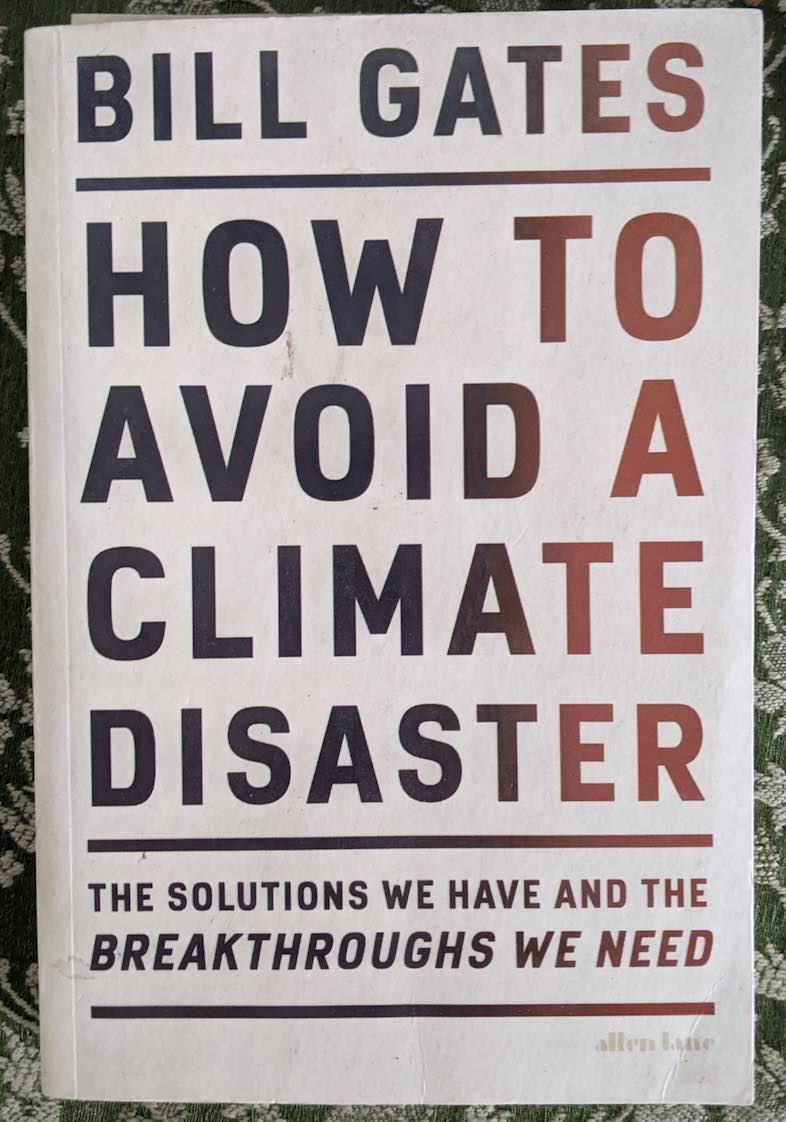India needs to produce more food to feed a rapidly growing global population, projected to reach 1.66 billion by 2050 from the current 1.40 billion.
With the burgeoning population, a deepening climate crisis, and aggravating environmental stresses, a heightened need exists to prepare India’s future food needs. The scarcity of growing and feeding nutritional food further exacerbates the challenge. In 2021, more than 3 million children are suffering from malnutrition in India.
However, the food challenge is not new to India; around 1960, when the country faced a similar problem of a growing population, food shortages, and rising hunger, the country introduced a program called the green revolution.
In this program, high-yielding varieties of only specific food crops (like rice and wheat) were supported, which encouraged high usage of chemicals and increased dependencies on high water usage. The program went on to help India improve food security, but multiple problems arose due to the Green Revolution, which affected biodiversity.
- The increased usage of pesticides and fertilizers polluted the freshwater system, created an imbalance between good and bad pests, and deteriorated soil health.
- The high water demands for agriculture were met by sucking groundwater which depleted the water needed for drinking.
- Green Revolution also encouraged farmers to do back-to-back cropping, which led them to burn the residue immediately after harvesting, resulting in air pollution.
- Native and indigenous crops like millet, barley, pulses, and grains, more suitable to the climate and the natural ecosystem, gradually became extinct and decreased people’s nutritional intake.
- The chemicals also created health effects on the nervous, endocrine, reproductive, and immune systems of human beings.
In a nutshell, we can say Green Revolution increased the yield per hectare and provided food security to millions of people. Still, it affects the environment and human health and many of these problems continue to plague us.
So what lessons can Indian agriculture take to ensure we don’t repeat the same mistakes?
Producers and Farmers
Producers of food crops should focus on improving soil health by reducing their reliance on fertilizers. Heavy chemicals have destroyed many good microbes, which assist in enabling the soil. Therefore, it is essential that farmers practice organic farming wherever possible, employ natural fertilizers and sow organic seeds that come naturally from plants.
To improve biodiversity, farmers can also plant native trees and grasses on-farm and around farms to increase natural vegetation coverage, and some products from trees can be used to augment their income further.
Consumers
Consumers must also play a part by focusing on a healthy and nutritious diet. They need to demand products that are organically produced and devoid of artificial chemicals. The buyers should also try to procure their locally grown fruits, vegetables, and cereals direct from the farmer.
Government
The Indian government still subsidizes chemical-intensive agricultural practices, which can be done away with or reduced in favor of organic farming. In addition, the policymakers can introduce public procurement policies for schools and hospitals requiring food sourced from local, diverse, agro-ecologically managed farms.
Wrapping Up
Providing food security to more than 140 billion people will be critical for India’s future progress and economic development, but it should not be done at the cost of biodiversity and nature.
If you want to know the government’s steps to make agriculture in India climate-resilient, you can read our other article.







Add comment